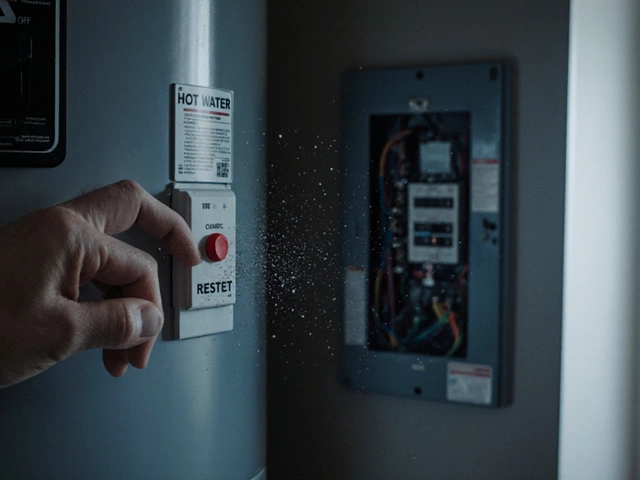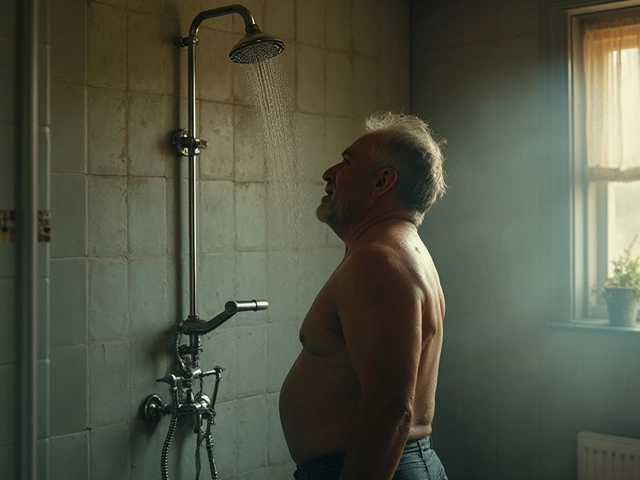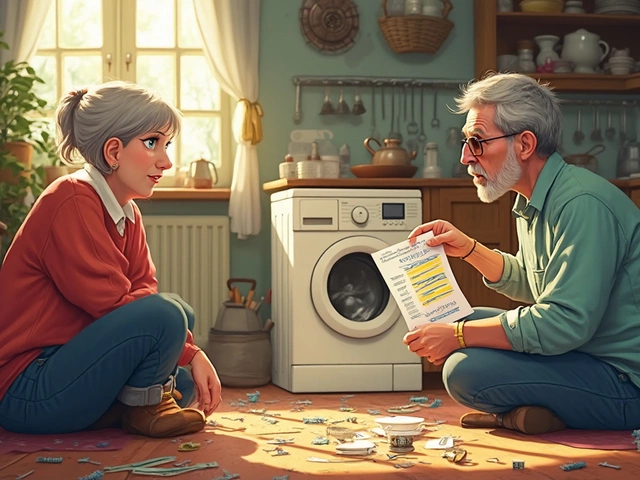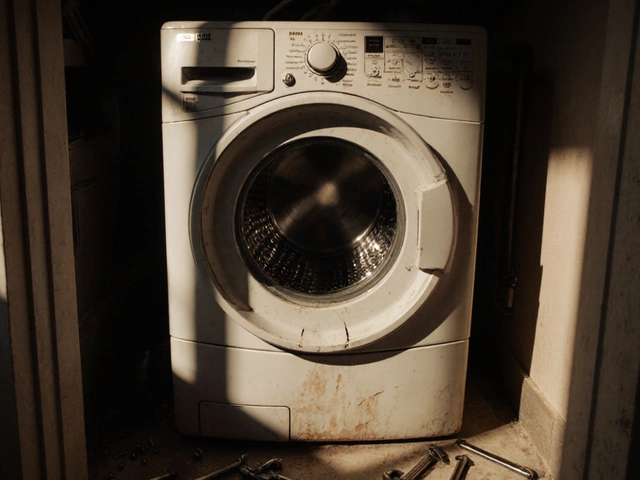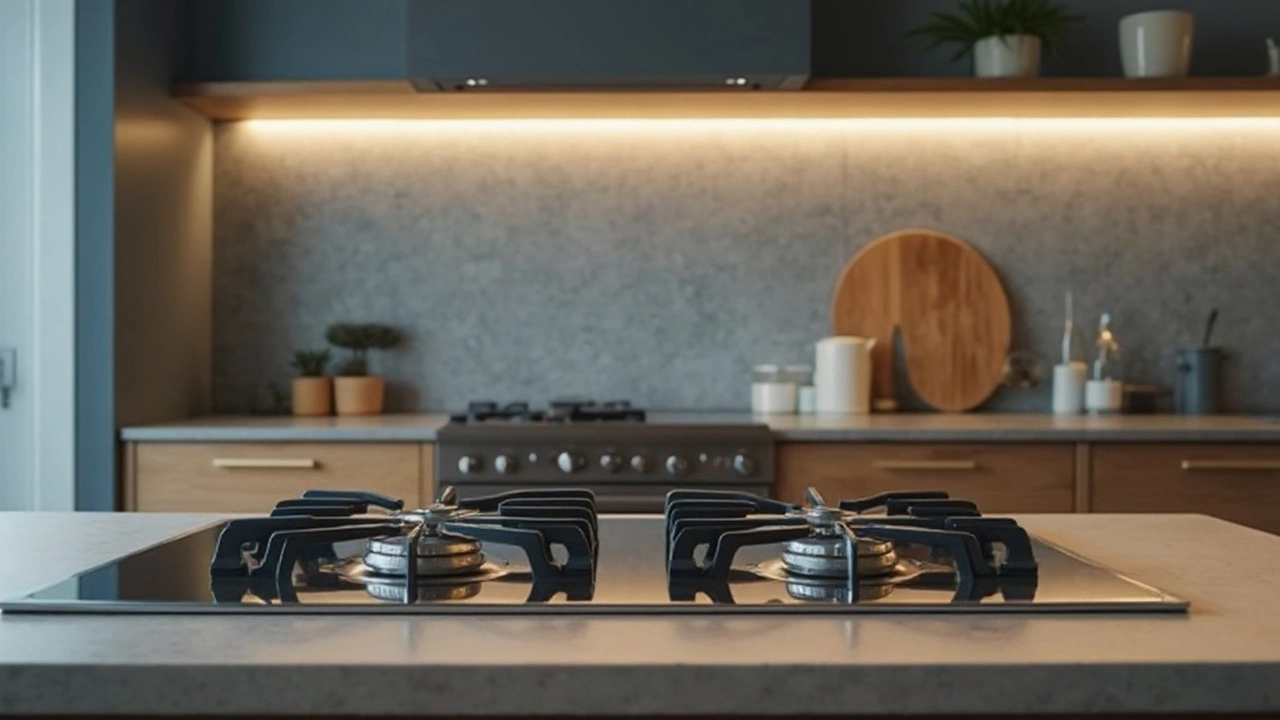Hob Lifespan: How Long Your Cooktop Should Last and How to Keep It Going
If you’ve just installed a new glass or ceramic hob, you probably wonder how many years it will keep cooking up meals without drama. Most hobs give you between 8 and 12 years of solid service, but that range can swing wide depending on a few everyday factors. Knowing those factors helps you avoid surprise breakdowns and decides early if a repair is worth it.
What Affects a Hob’s Lifespan
First off, the type of hob matters. Induction tops tend to outlast traditional electric glass models because they heat the pan directly, not the surface. Still, any hob faces heat stress, scratches, and the occasional spill that can seep into seams. Heavy pots, abrasive cleaners, and rapid temperature changes all add up. A kitchen that sees daily, high‑heat cooking will wear a hob faster than a low‑use household.
Second, the quality of installation plays a role. If the hob isn’t level or the underlying countertop is unstable, the glass can develop micro‑cracks that grow over time. Poor wiring can also cause electrical wear, leading to flickering burners or complete failure. A professional fit guarantees the right clearances and a solid electrical link.
Third, regular maintenance matters more than you think. A thin film of burnt‑on food can cause uneven heating, which stresses the surface. Ignoring that film means the hob works harder and ages quicker. Even a simple daily wipe with a soft cloth can make a big difference.
Tips to Extend Your Hob’s Life
Use the right cookware. Flat‑bottomed, magnetic pans work best on induction, while the same flat base spreads heat evenly on glass hobs. Avoid wobbly or warped pots that bounce and chip the surface.
Clean correctly. Let the hob cool, then use a non‑abrasive cleaner and a soft sponge. For stubborn spots, a mix of warm water and a little dish soap does the trick. Never scrape with metal blades; a plastic scraper is safer.
Mind the heat. When you finish cooking, turn the hob off and let it cool gradually. Jumping from high heat to cold water can cause thermal shock and cracks.
Schedule a check‑up once a year. A quick visual inspection by a qualified technician can spot loose connections or early signs of wear before they become costly repairs.
If you notice flickering lights, uneven heating, or a crack that spreads, weigh repair versus replacement. Small repairs like replacing a single burner or fixing a loose wire usually cost under £100 and can add a few more years. Once you’re past the 10‑year mark and repairs start climbing above 30 % of a new hob’s price, it’s time to replace.
Bottom line: treat your hob like any other kitchen hero—use it wisely, keep it clean, and give it a professional once‑in‑a‑while look. With those habits, you’ll push the average 10‑year lifespan toward the higher end and avoid the frustration of a sudden failure.
